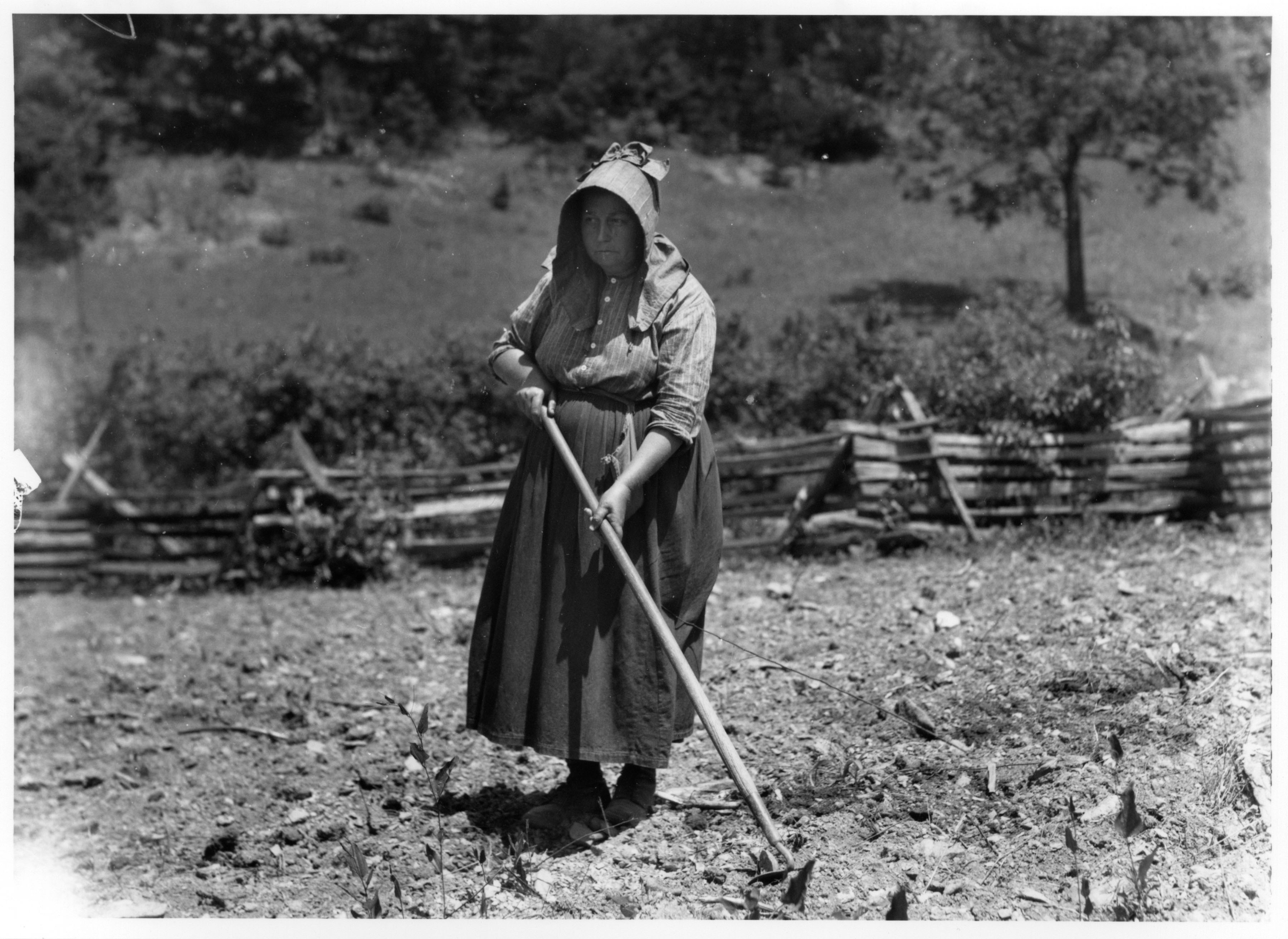
Economy
Subsistence farming is the practice of families producing most of the necessities of life from their own land and labor. Until well into the 20th century, most mountain farmers raised animals for food, grew vegetable gardens and orchards, and gathered from surrounding woodlands to provide what they needed for food, shelter and clothing. . .

Culture, Economy
Immigrants from Scotland and Ireland brought with them their preference and talent for making whiskey. Indian corn proved an acceptable grain substitute for Old World barley, and carrying whiskey to market on horseback over rough mountain roads was easier and more cost-effective than hauling bulky grain in wagons. . .

Economy
Sorghum, or molasses as it is sometimes called, was along with honey, a main sweetener in the mountains. Sorghum cane was brought to America from Africa in the 19th century. Most communities had a sorghum mill. . .

Economy
Heirloom fruits and vegetables are those that have been preserved in families and communities over long periods of time. They different from modern varieties in two ways. They are open-pollinated rather than hybridized. That is, the same plant will be grown from seed each season, which is not the case with hybrid varieties. . .

Economy
The pleasurable activity of “ sanging” or digging ginseng was also one of the most profitable for frontier families. The hardwood forests of Appalachia were the ideal environment for this hardy perennial. Through most of the 19th century tons of ginseng were shipped annually to Asia where it was highly valued for its medicinal properties. . .

Economy
Fruit has long been an important staple of the Appalachian diet. Early pioneers found wild crabapples, black cherries, plums, persimmons, paw paws, as well as peaches that had been introduced in the 16th century by Spanish explorers. . .







